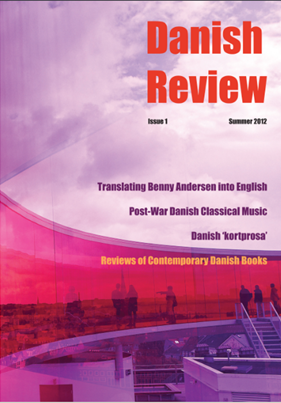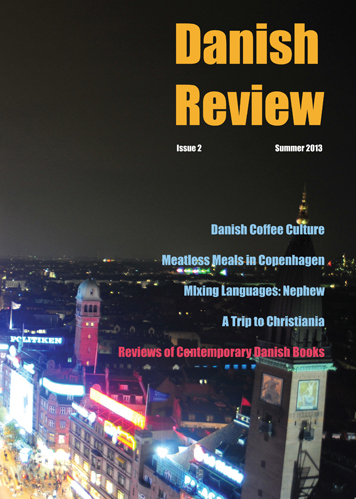Danish nouns can cause some trouble for somebody who is just learning to speak Danish, especially the fact that we use both articles (en/et) and endings, whereas English only uses articles (a, an, the). The system is, however, not difficult at all, and I have tried my best to boil it all down to a few basic categories and rules, three to be exact.
“Declension is more afraid of you than you are of declension!”
Danish nouns can be singular and plural, indefinite and definite. This is exactly the same as in English. Danish, however, uses both articles and endings – luckily, the endings in the singular are the same as the articles, and the plural endings are very similar to each other and follow logical patterns. So as you see, there is no excuse for not learning it!
Special cases and irregularities
Maybe I made it a little simpler above than it really is. But having come this far, I will try to sum up some of the irregularities and oddities of Danish nouns. If you are still struggling with the video above, just leave this one until later. But if you are ready, I think you will find the rewards well worth the effort.
Vowel change
A handful of Danish nouns change their vowel when they are declined. Seeing that some of them are high-frequency words, I have made a short video-cast on the topic. There are, unfortunately, no tricks – this is learning by heart.
Countable and uncountable nouns
I have dedicated a whole video to the case of countable and uncountable nouns. Not because it is particularly difficult, but because there are some interesting differences from English.
Note on countable and uncountable nouns
Why not check out…
Danish Review 2012 / 2013 / 2014: Translation, food, politics, music, literature and much more



